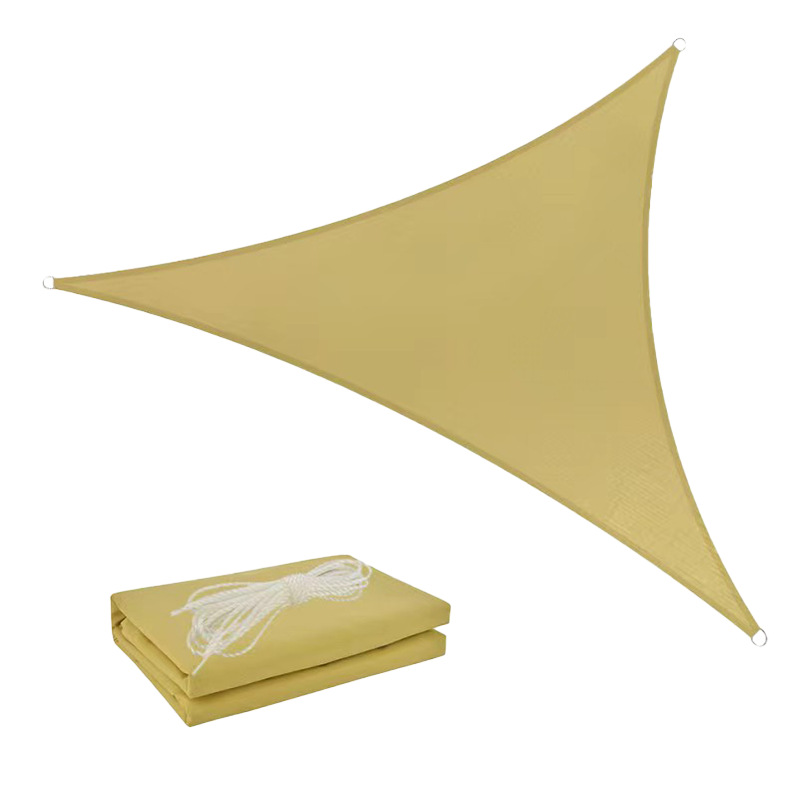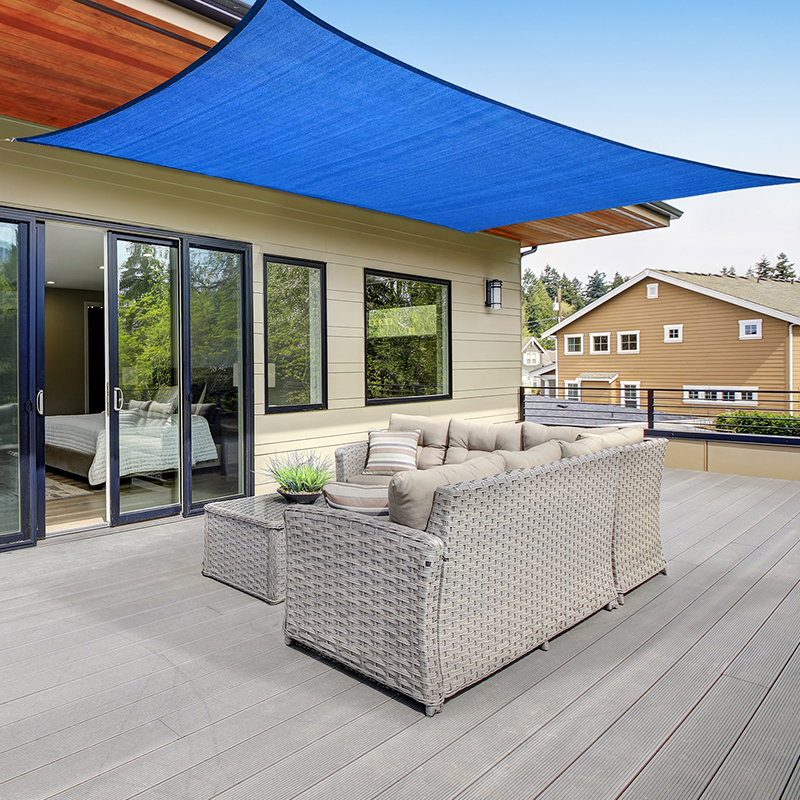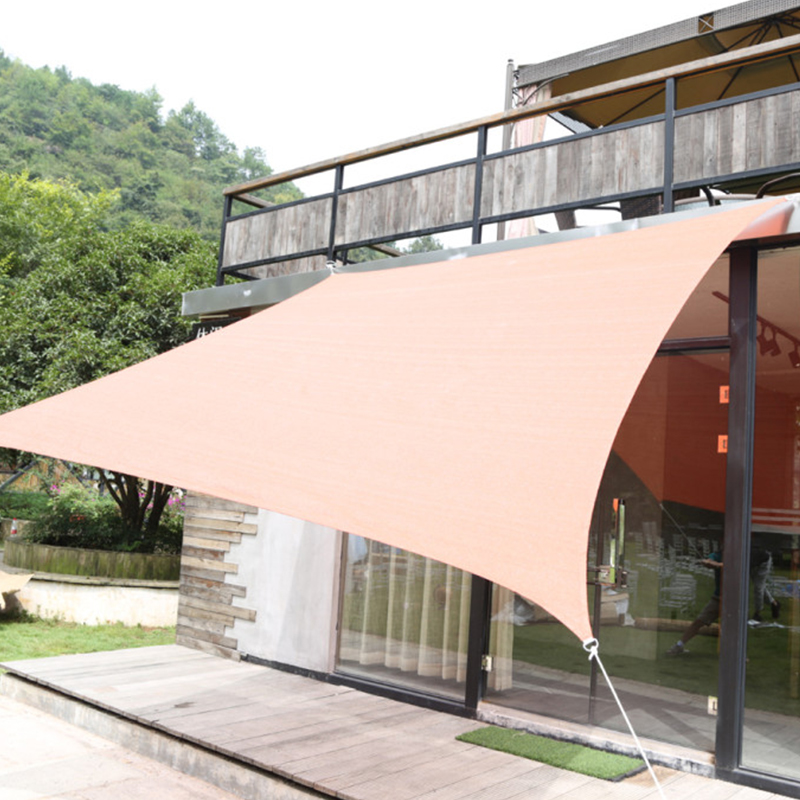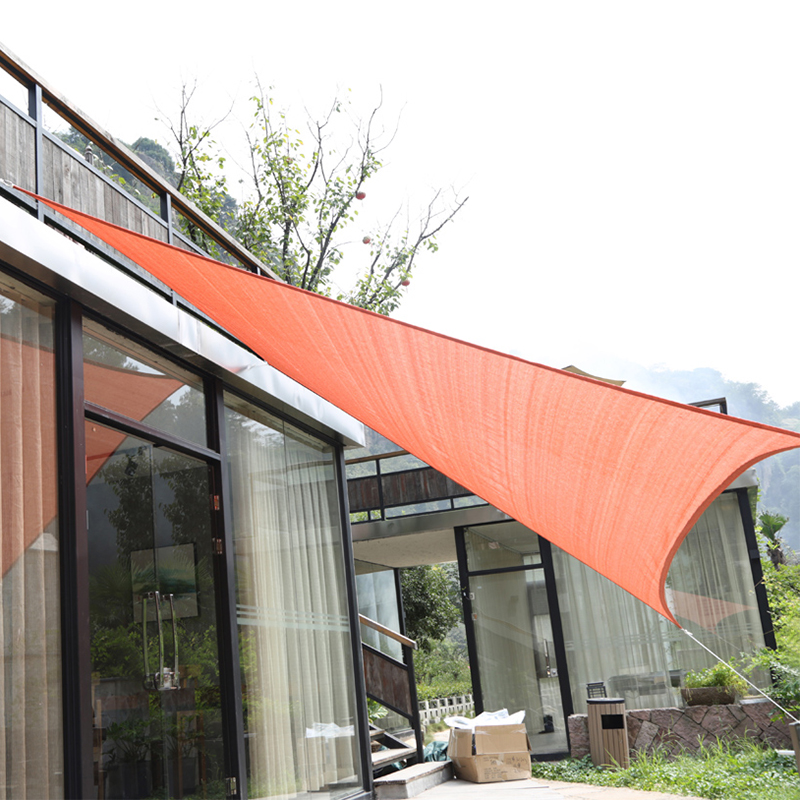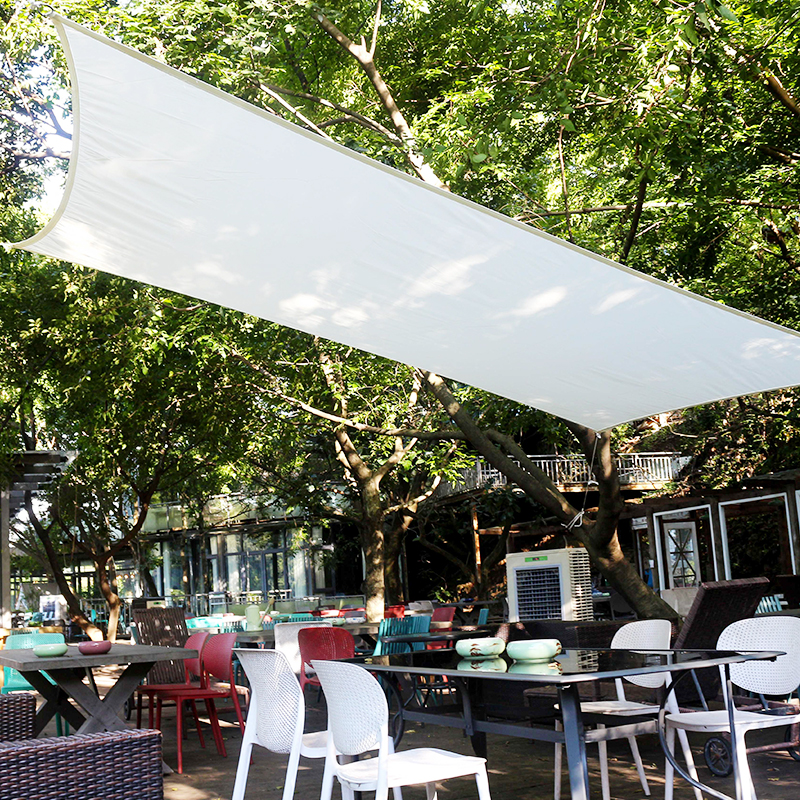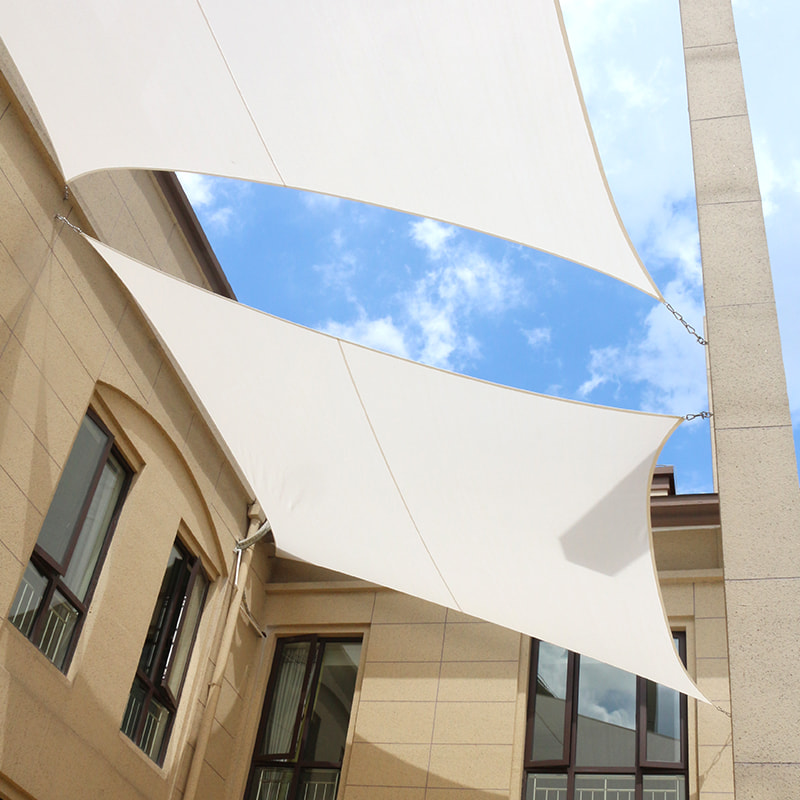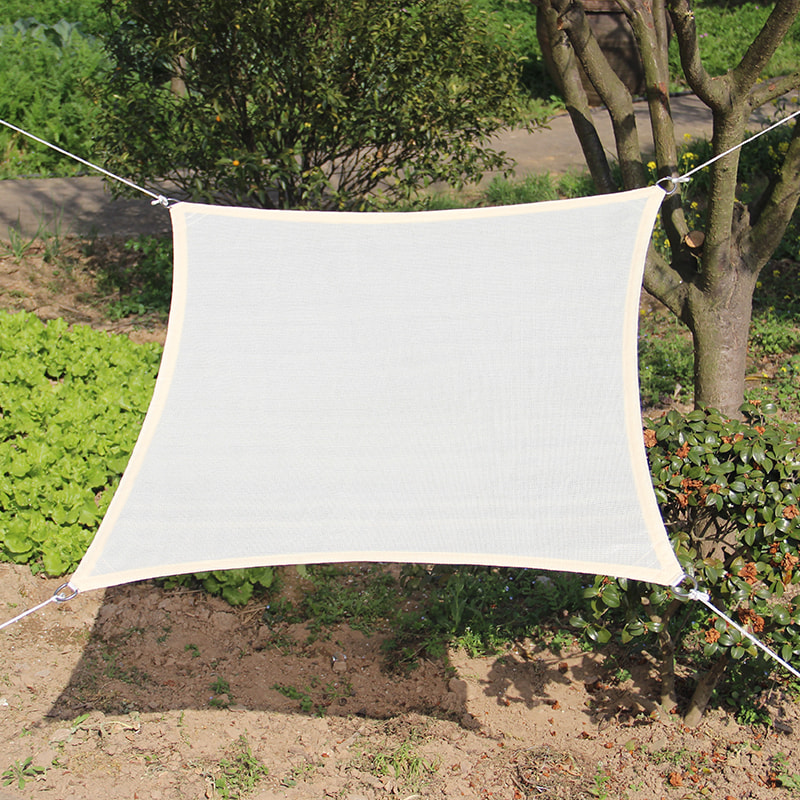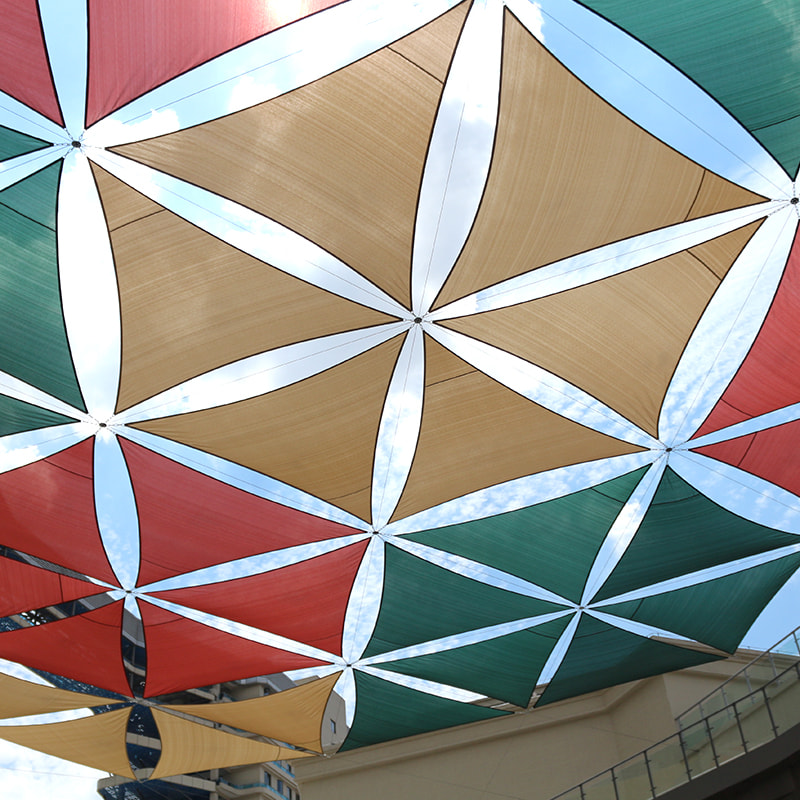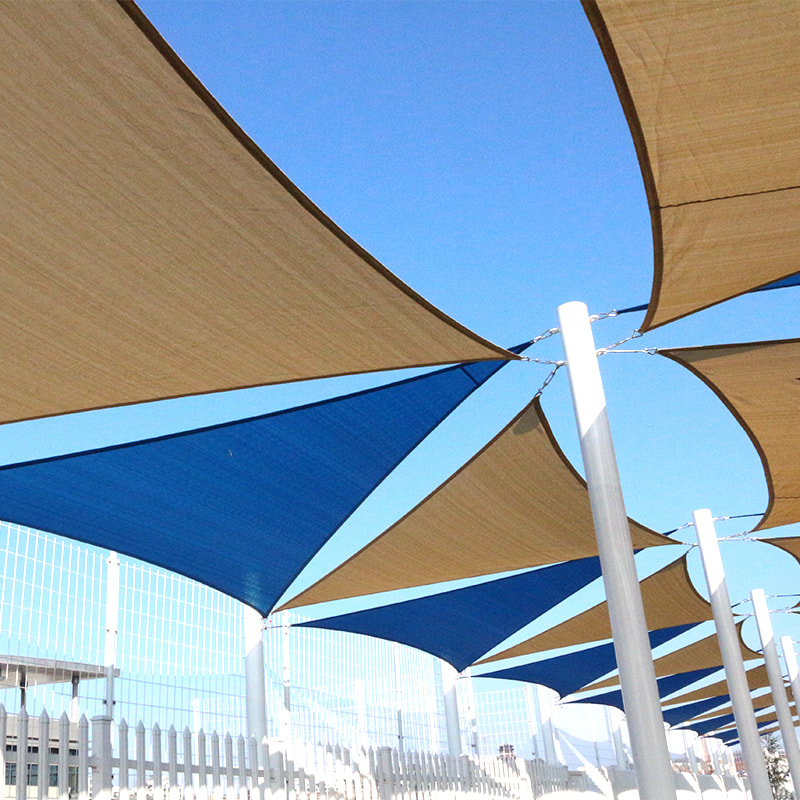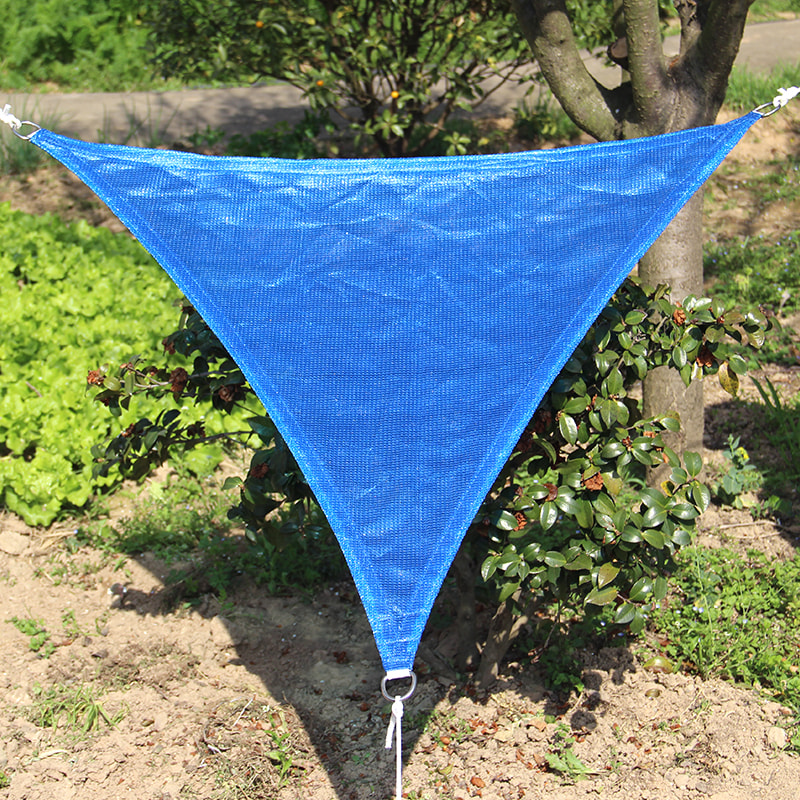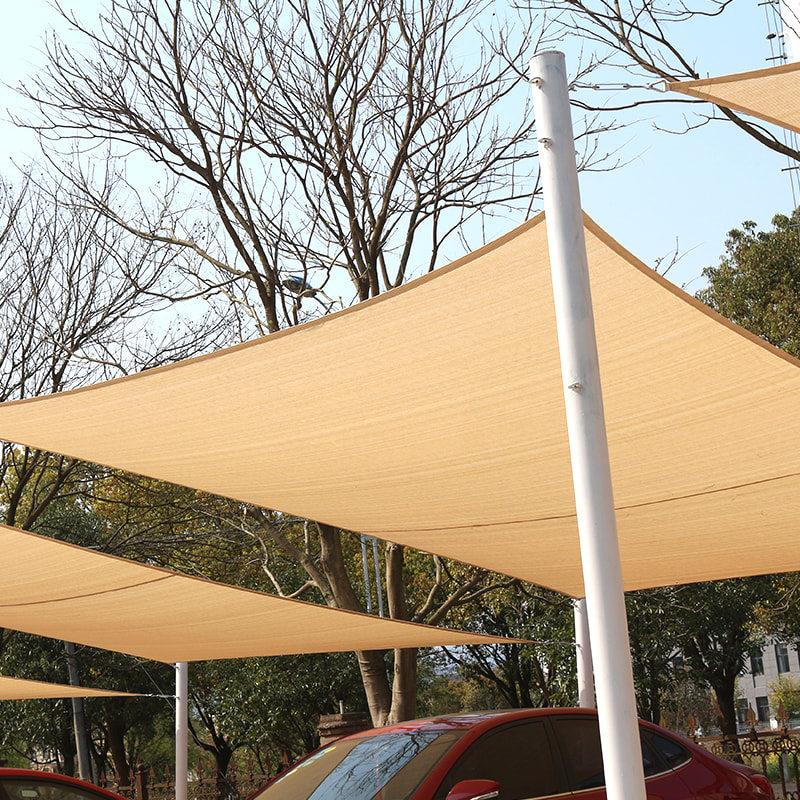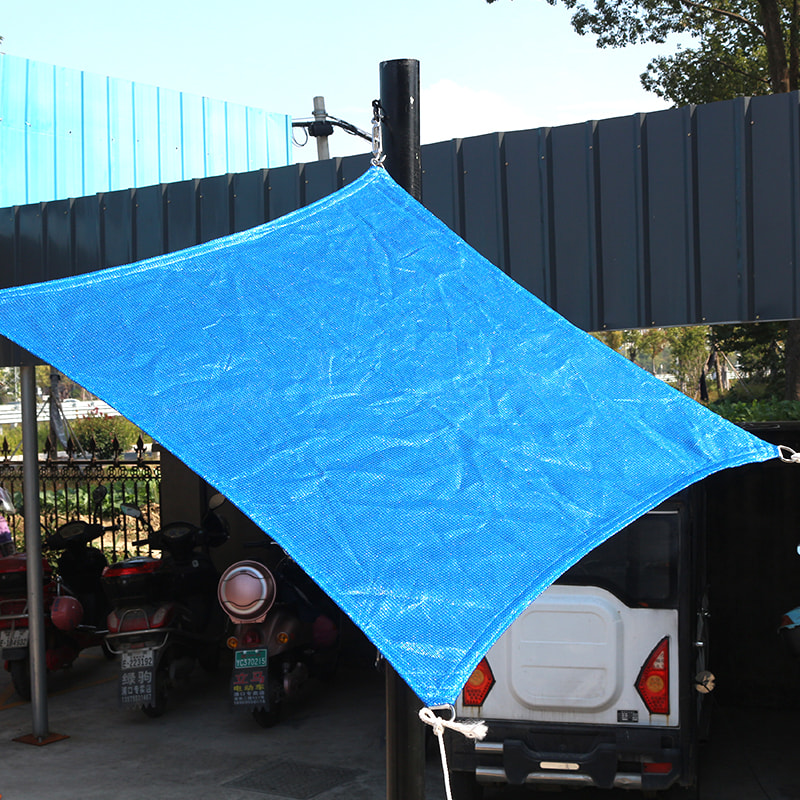What is the Best Material for a Sun Shade?
Date:2022-07-13
There are many materials to choose from when creating an outdoor sun shade, but one of the most durable is concrete. Its high strength and density make it a very good choice for a wide span of outdoor shade. Unlike other woods, concrete doesn't warp or crack like other materials do. Plus, it's a beautiful material. If you're thinking about building a sun shade for your patio, check out the different options listed below.
When measuring for a sun shade, you need to know exactly how long your shade is going to be. You'll want to take a measuring tape and measure your space in terms of height and distance. You can then draw a triangle on the ground to get a better idea of what will work best. If you're not sure what size you need, you can also search online for standard measurements. Also, you may want to buy multiple shades if you want to maximize the amount of shade you receive. The more shades you have, the more money you'll spend on installation and hardware.
Aluminum is another great option for outdoor shade structures. It's lightweight, is highly resistant to pests, and resists rot. Aluminum is easily maintained and is resistant to insects. Another option is plywood, which doesn't warp or swell and is resistant to weather and rot. It's also available in large sheets and can be curved to fit any shape, including arches.
Mesh materials are an excellent option if you're looking for a beautiful, durable, and waterproof sun shade. But be aware that mesh can be prone to water damage, especially if the material is woven or waterproof. Also, mesh sun shades can be attractive if you don't want to spend a lot of money on shade fabric. But it is important to consider what the material is, since the fabric is what protects your body from the sun's rays.
Polycarbonate materials are the latest innovation in outdoor shade materials. They are lightweight, fire resistant, and impact-resistant. Compared to glass, they're better insulators. Besides being resistant, polycarbonate is easy to clean. It can also be curved to fit a patio or door. And most importantly, polycarbonate can be treated with a UV barrier, protecting your outdoor shade from yellowing and 99.9% of UV rays.
Shade cloths are the most common material for outdoor shades. They offer excellent coverage while allowing some light through. Most shades use high-grade 95% UV-blocking shade cloth, and Australian-made versions are stronger and last longer than tape yarn. The downside of cotton is that it does not retain as much UV-ray protection as other materials. In a tropical climate, canvas will discolor quickly and need more upkeep.
Another type of fabric used in outdoor sun shades is mesh. This material is resistant to tearing, fraying, stretching, and sagging. It also has a high tensile strength, meaning it won't get ripped or sagged in the wind. It also doesn't absorb heat like a solid roof. It also won't warp when cut, which is an important feature in hot climates.
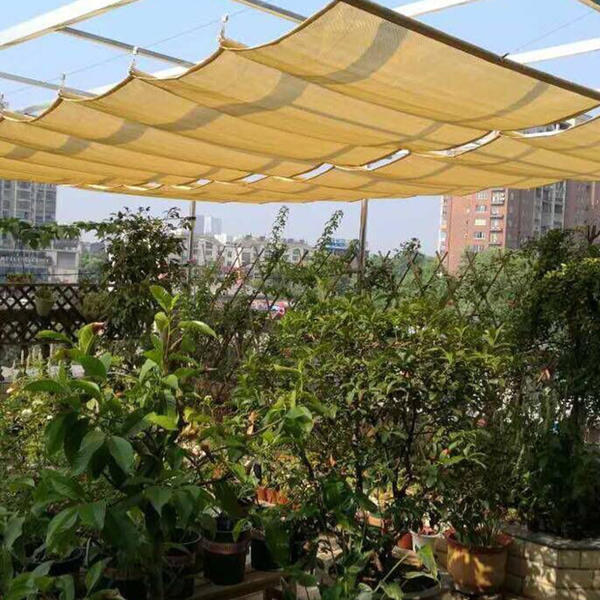


 English
English Español
Español Deutsch
Deutsch